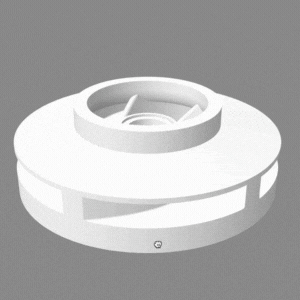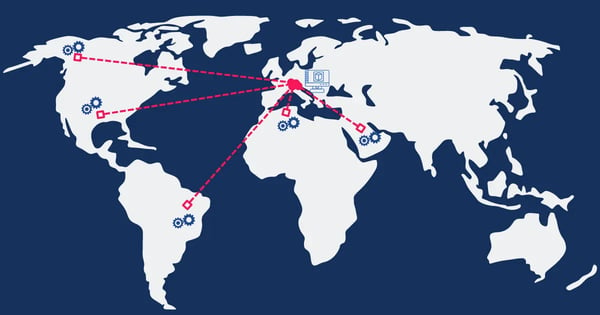10 Ways to Use Distributed Manufacturing in Oil & Gas
Distributed manufacturing is increasingly being looked to as a solution to strengthen fragile supply chains. Here's 10 ways to use it in the oil and gas industry.
Distributed manufacturing can be a game-changer for the oil and gas industry, especially when it comes to reducing operational downtime caused by broken parts.
Distributed manufacturing refers to a decentralized production approach in which goods, components, or products are manufactured across a network of geographically dispersed facilities or locations. This approach leverages advanced technologies, such as additive manufacturing (3D printing), computer numerical control (CNC) machining, and digital design tools, to enable localized or on-demand production of items.
By distributing the manufacturing process, organizations can enhance agility, reduce supply chain dependencies, optimize logistics, and respond swiftly to changing demands or unforeseen disruptions. Distributed manufacturing embodies a paradigm shift that emphasizes flexibility, innovation, and efficiency, ultimately redefining traditional manufacturing models and enabling a more resilient and adaptable production ecosystem.
Here are several ways you can apply distributed manufacturing in the oil and gas sector:
10 Ways Oil & Gas Companies Can Leverage Distributed Manufacturing
1. On-Demand Spare Parts Production:
Set up distributed manufacturing facilities near your operational sites or in strategic locations. When a part breaks, instead of waiting for a replacement to be shipped, you can produce the needed spare part on-site or nearby, minimizing downtime.

Pictured: A 3D model of an impeller part used in oil and gas operations.
2. 3D Printing for Prototyping and Production:
Utilize 3D printing technology to quickly prototype and produce customized parts. This is particularly useful for complex or low-volume components that might not be readily available through traditional supply chains.3. Remote Inspection and Design:
Use remote inspection tools like drones and sensors to assess the damage and capture accurate measurements of broken parts. Share this data with design and manufacturing teams, enabling them to create precise replacements even from a remote location.4. Digital Inventory and Part Distribution:
Maintain a digital inventory of 3D models for critical components. When a part breaks, you can simply send the digital model to a nearby distributed manufacturing facility for production, reducing lead times.Read: JSSB is building its own digital inventory of 3D printed parts to service major oil and gas supplier Petronas.
5. Collaborative Manufacturing Networks:
Collaborate with local manufacturers, suppliers, and even other oil and gas companies to establish a network of distributed manufacturing facilities. This network can share resources, knowledge, and production capabilities to respond quickly to emergencies.

With distributed manufacturing, oil and gas companies can send digital part files anywhere and print parts at point of need.
6. Mobile Manufacturing Units:
Develop mobile manufacturing units equipped with 3D printers and CNC machines. These units can be quickly deployed to remote or offshore locations to produce essential parts on-site, minimizing the need for transportation and logistical delays.7. Predictive Maintenance and Data Analytics:
Implement predictive maintenance strategies that leverage data analytics to identify potential part failures before they occur. This enables you to proactively produce replacement parts and minimize downtime.
8. Training and Skill Development:
Invest in training your workforce in distributed manufacturing techniques. This includes operating 3D printers, CNC machines, and other advanced manufacturing equipment, empowering your teams to produce parts locally when needed.9. Supply Chain Resilience:
Distributed manufacturing can enhance your supply chain resilience by reducing dependence on single suppliers or distant manufacturing facilities. You can quickly adapt to disruptions and maintain operations even in challenging circumstances.10. Environmental Impact:
Consider the environmental benefits of distributed manufacturing, such as reduced transportation emissions due to decreased shipping needs. This aligns with sustainability goals and can positively impact your company's image.
Distributed Manufacturing: A Part Procurement Solution for Oil and Gas
By incorporating these approaches, you can leverage distributed manufacturing to improve operational efficiency, reduce downtime, and enhance overall resilience within the oil and gas industry.
For more ways to learn how oil and gas organizations are using additive technology to supercharge distributed manufacturing capabilities, tune into this episode of 3D Talk Show:

